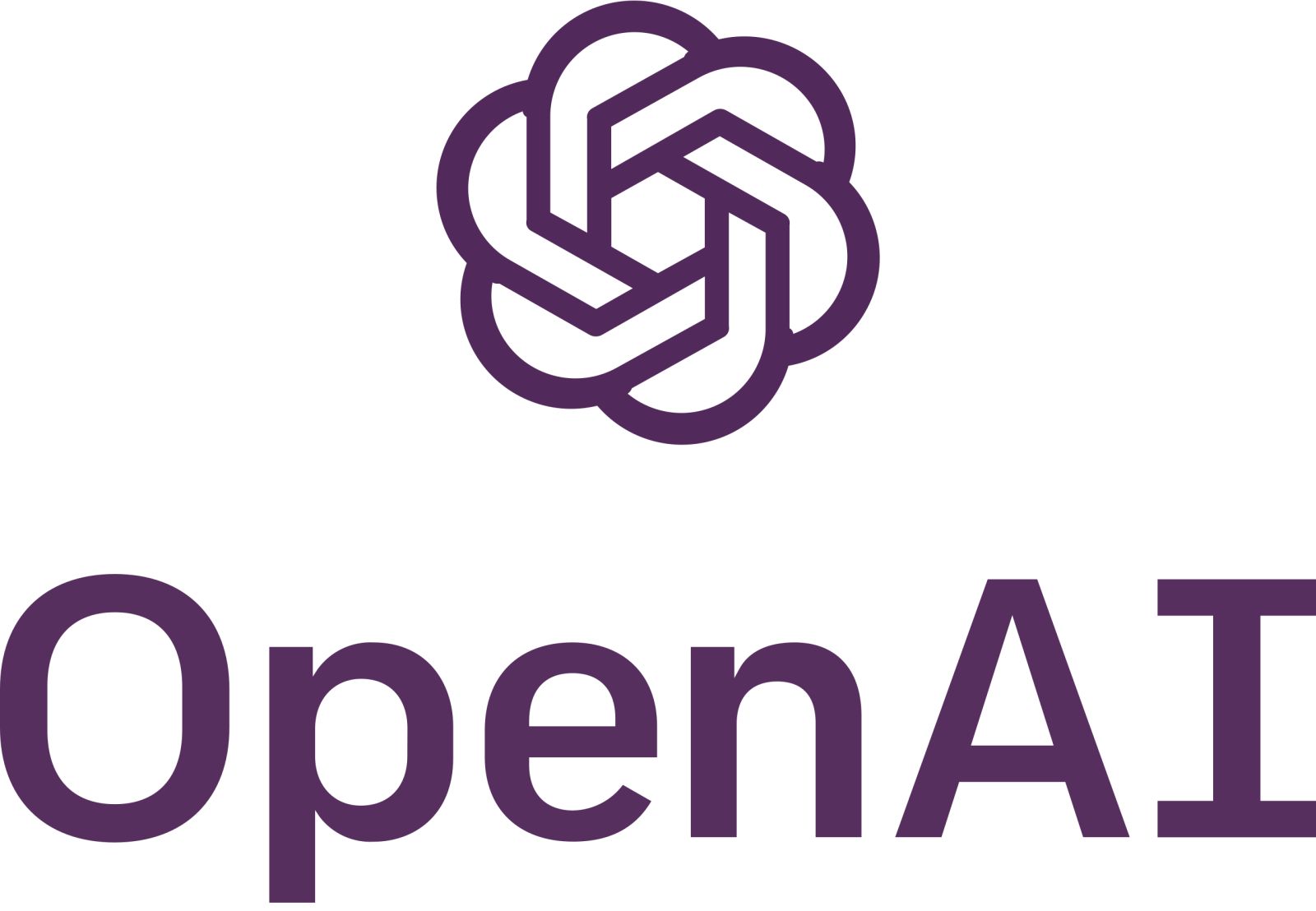Introduction
The future of ChatGPT is central to recent discussions: Sam Altman envisions growth where billions of people use ChatGPT daily, with significant technical and operational impacts. This article summarizes his public remarks, investment plans and challenges after GPT‑5’s launch, offering a practical view of what to expect.
Context
After the GPT‑5 launch, OpenAI reported a rapid traffic surge: API traffic doubled within 48 hours, reaching limits due to compute capacity. Altman described an exponential usage outlook and announced large‑scale investment plans to meet demand.
The future of ChatGPT
Altman stated OpenAI intends to spend very large sums to build the data centers and services needed for a more ubiquitous AI. He mentioned plans to spend "trillions of dollars" on infrastructure and noted economists may view this as reckless, but the company will proceed to execute its strategy.
"If you project our growth forward pretty soon, like billions of people a day will be talking to ChatGPT"
Sam Altman, CEO of OpenAI
The Problem / Challenge
Main challenges are operational and reputational. Operationally, the sudden traffic spike led to compute capacity limits and temporary restrictions. Reputationally, some users criticized changes to available models and the rollout, while researchers reported new opportunities enabled by GPT‑5.
Solution / Approach
OpenAI’s stated approach mixes large infrastructure expansion (data centers and compute) with development of new products and services based on GPT‑5. Altman also mentioned interest in exploring related technologies such as brain‑computer interfaces and potential strategic acquisitions — he even said he would consider buying Chrome if forced divestiture occurred.
"You should expect OpenAI to spend trillions of dollars on data center construction in the not very distant future"
Sam Altman, CEO of OpenAI
Practical implications
- Infrastructure: large data‑center investments expected to scale offerings;
- Research: GPT‑5 enables new scientific use cases but requires adequate controls and resources;
- User experience: model changes and temporary limits may create friction;
- Business strategy: acquisitions and new product lines may accelerate adoption.
Conclusion
Altman’s statements outline an aggressive strategy: massive user growth, large infrastructure investments and a push toward new products. Key risks remain operational capacity and user expectation management; success will depend on balancing investment, operational sustainability and responsible rollout.
FAQ
- How does the future of ChatGPT affect IT infrastructure?
Altman says the future will require massive data‑center and compute investments to support increased usage. - Why did OpenAI limit access after GPT‑5’s launch?
API traffic doubled within 48 hours, pushing the system to capacity and prompting temporary limits. - What research opportunities does GPT‑5 enable?
Altman reported that some scientists can finally perform real research using GPT‑5’s capabilities, without technical specifics provided. - What operational risks follow OpenAI’s spending strategy?
Main risks are resource overload, high costs and potential service issues during rapid scaling.
